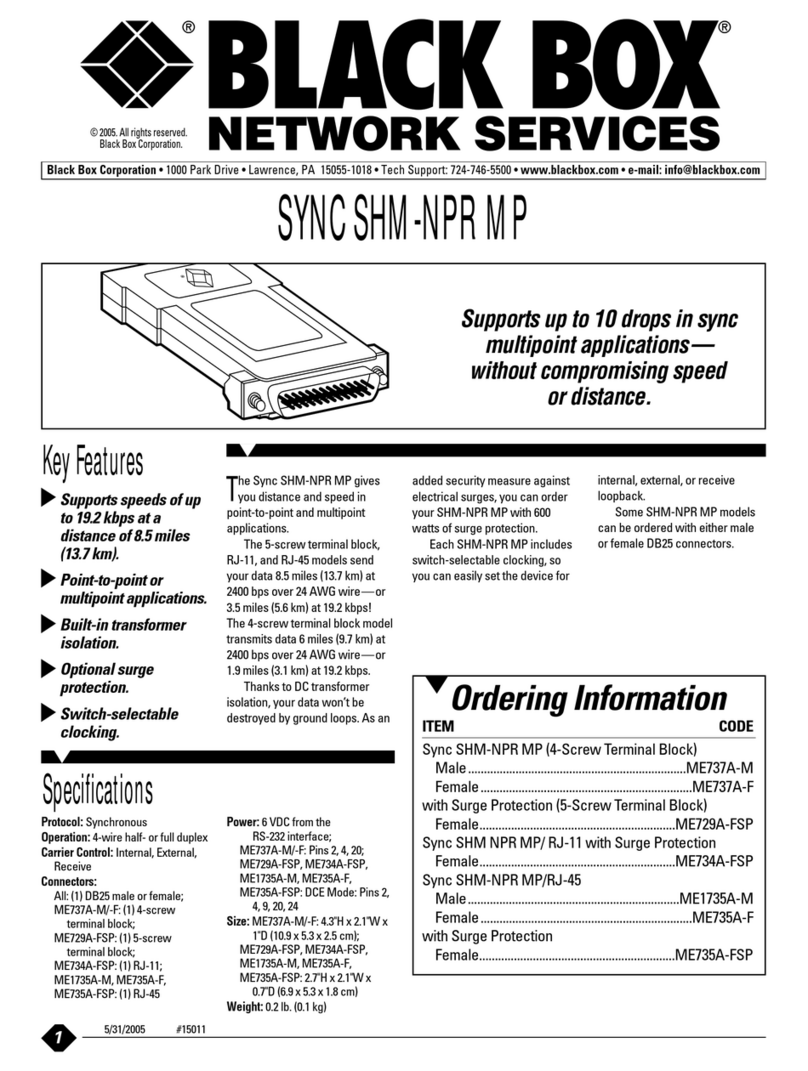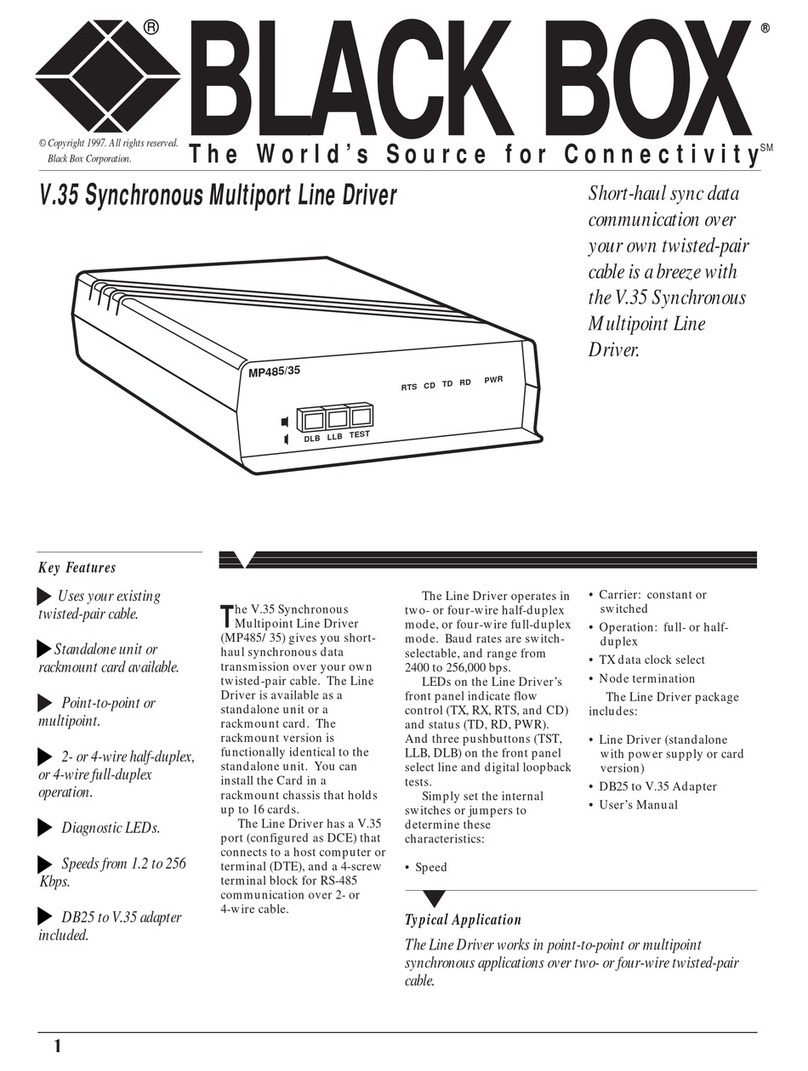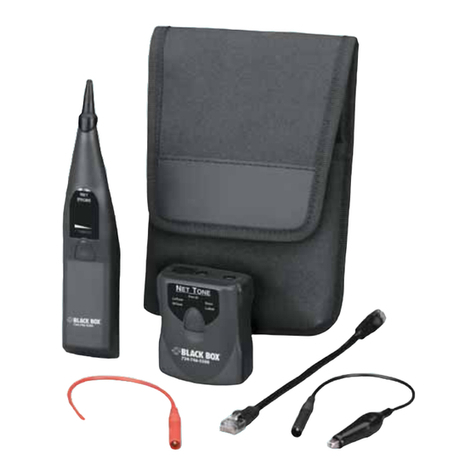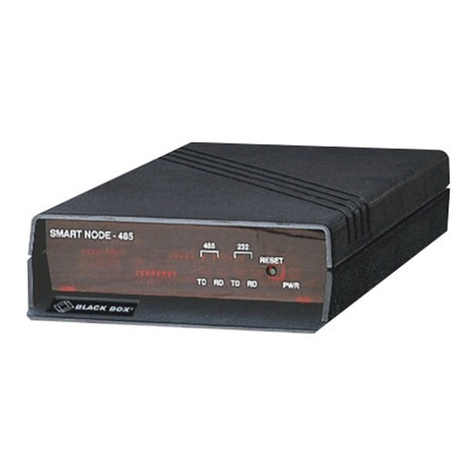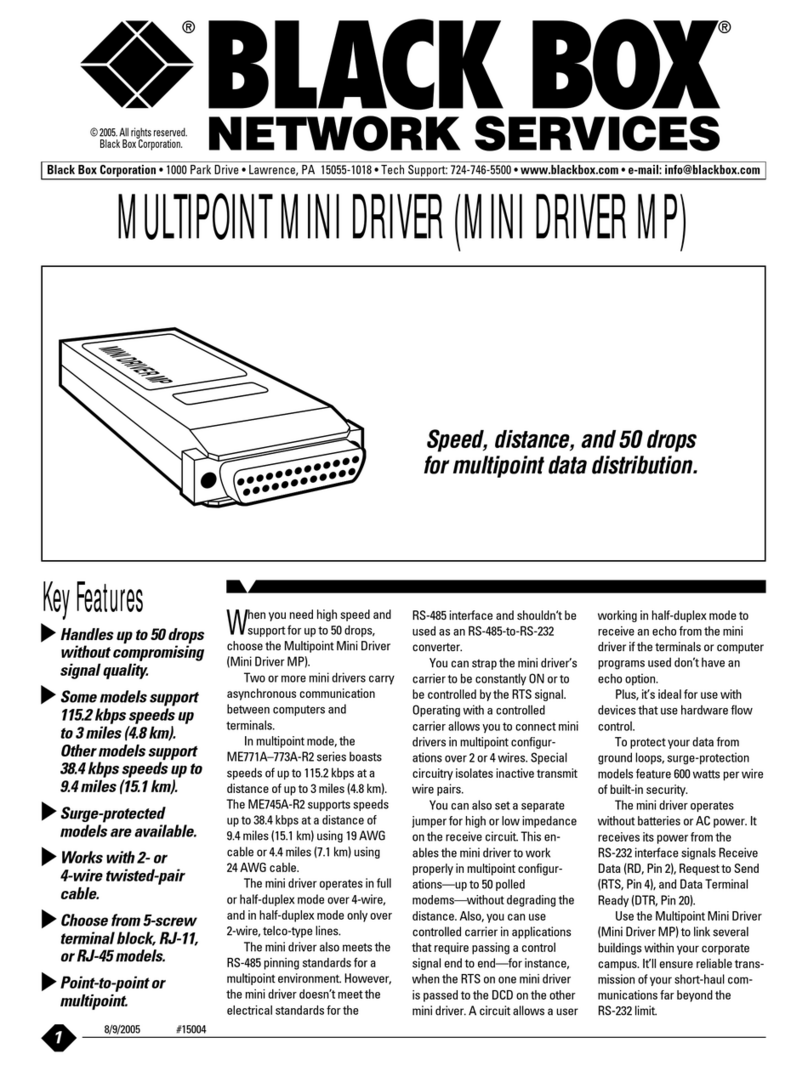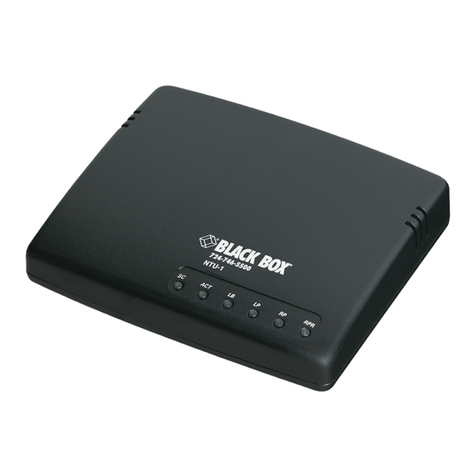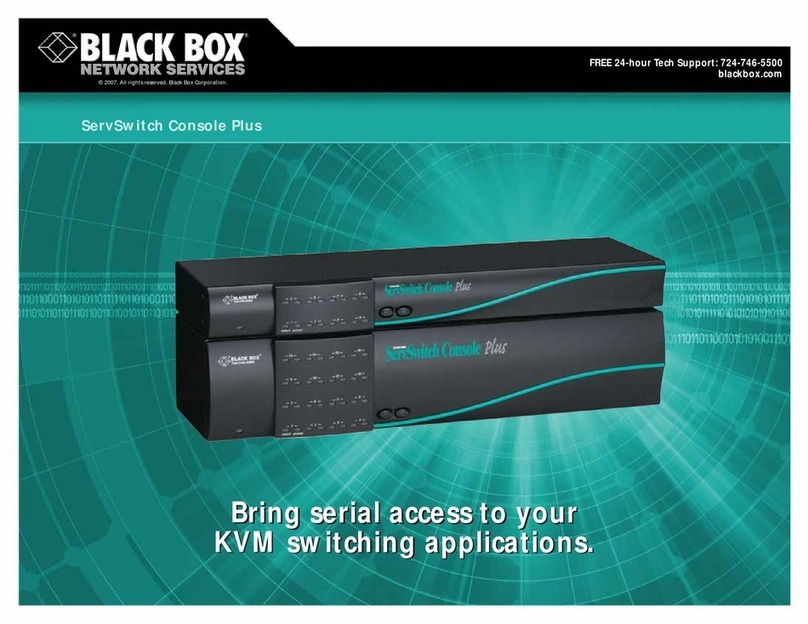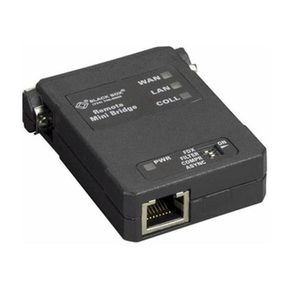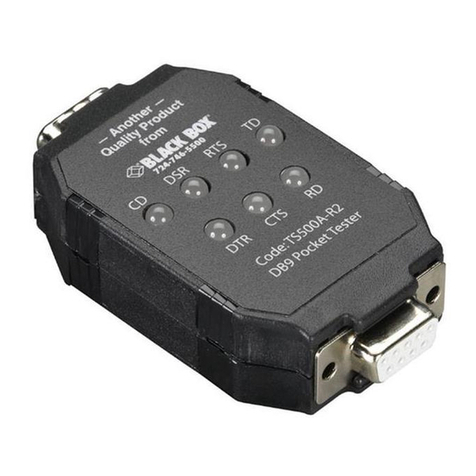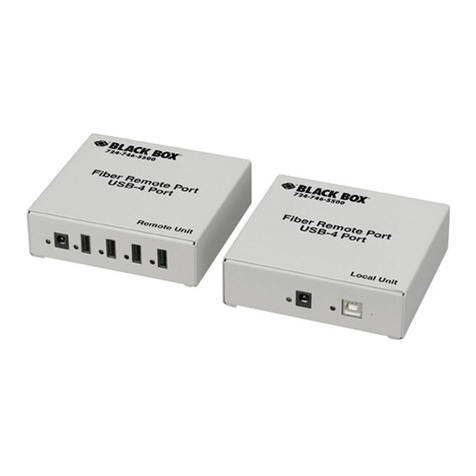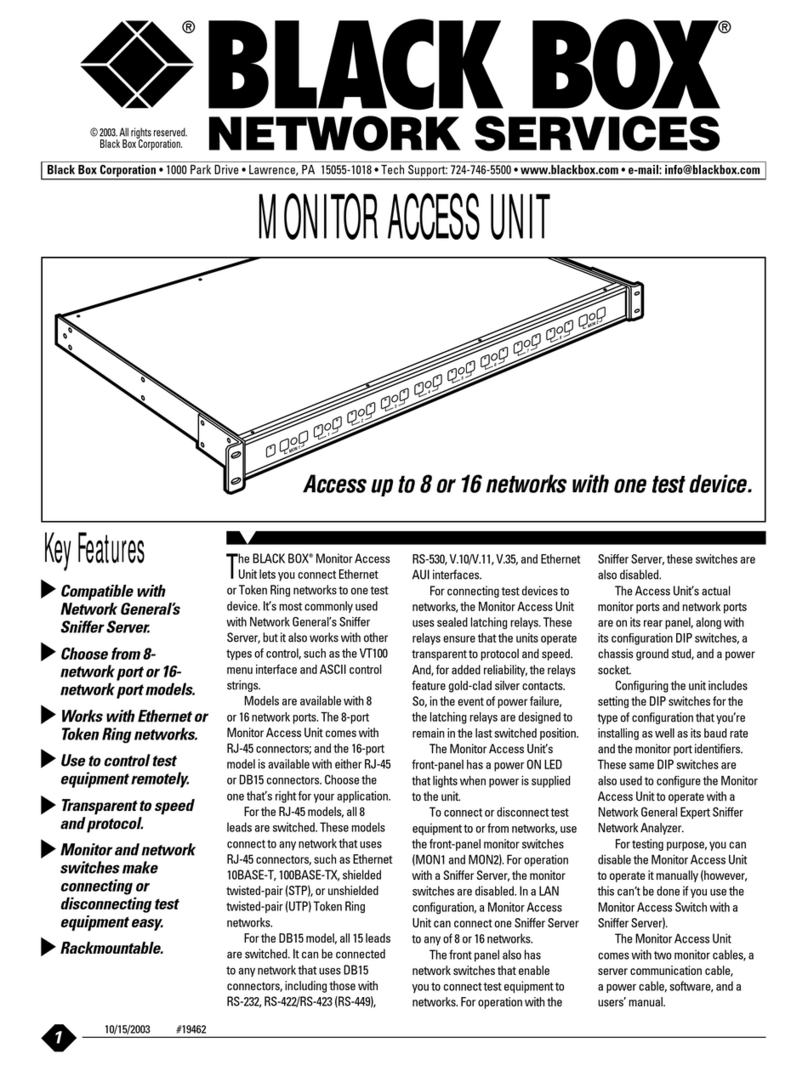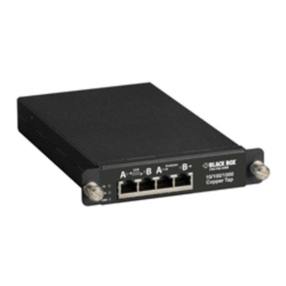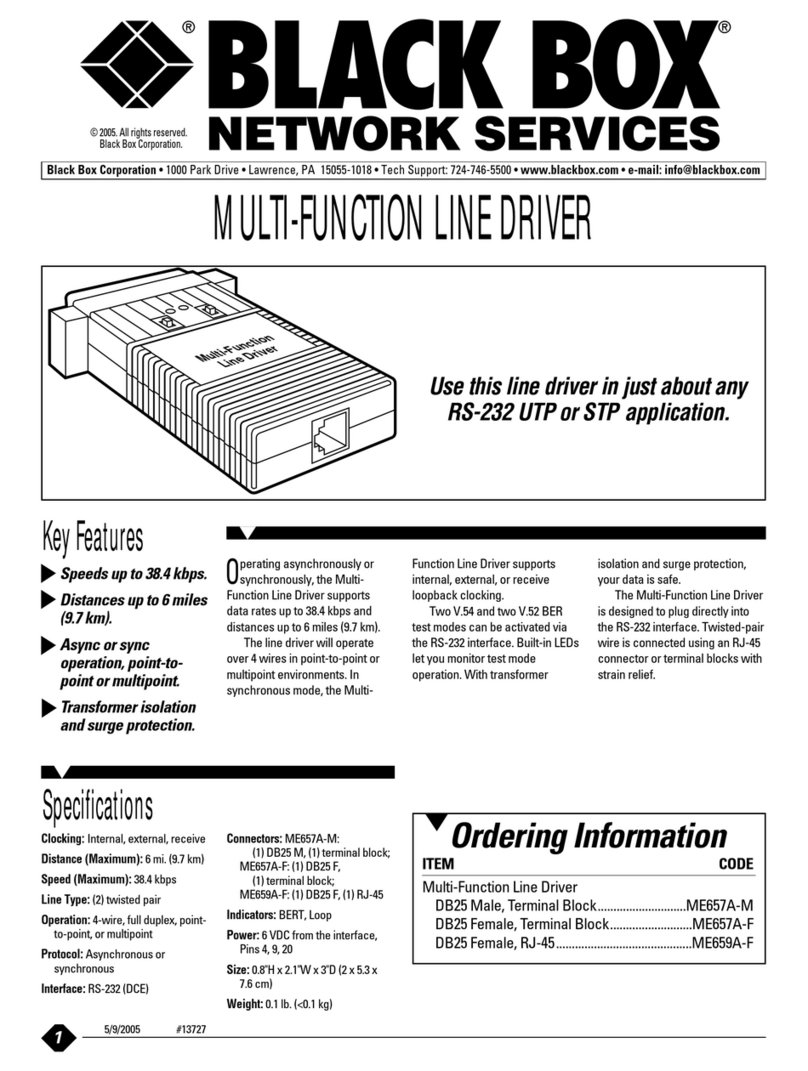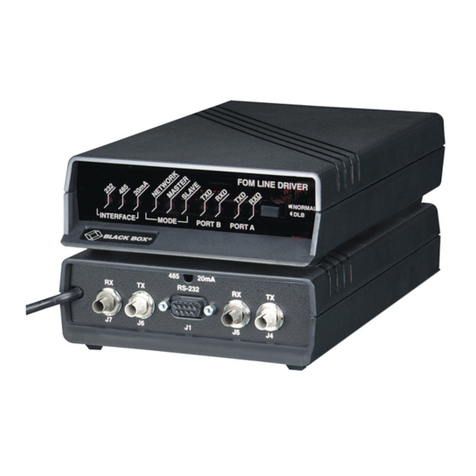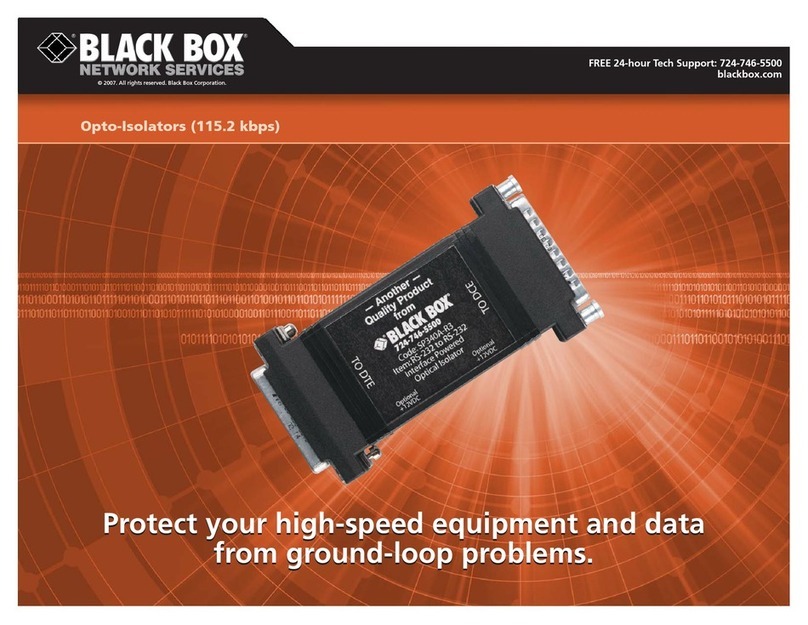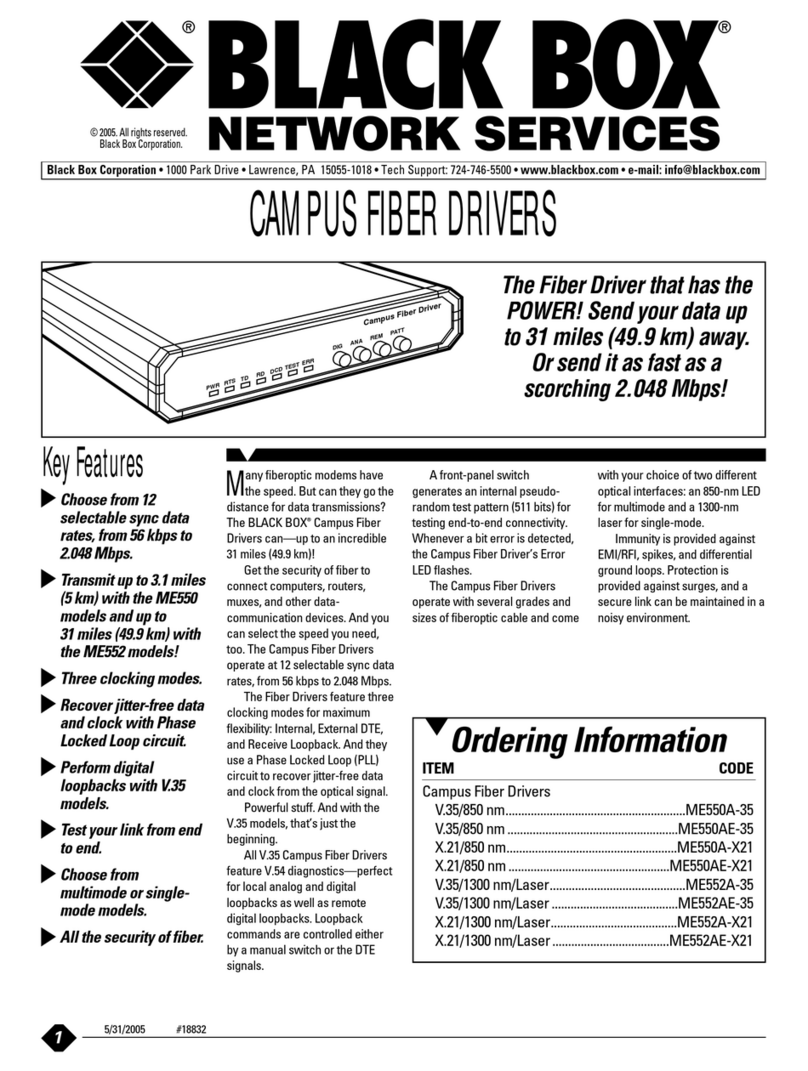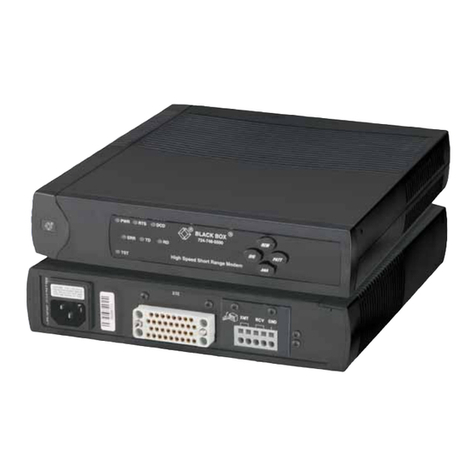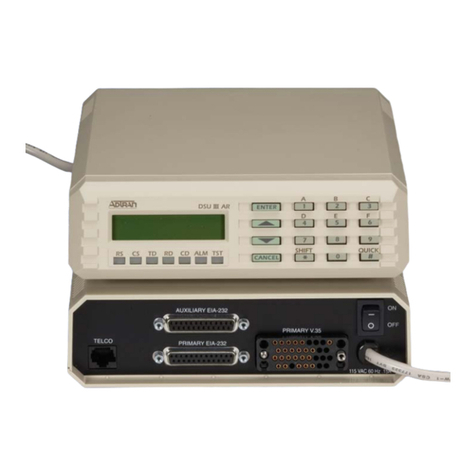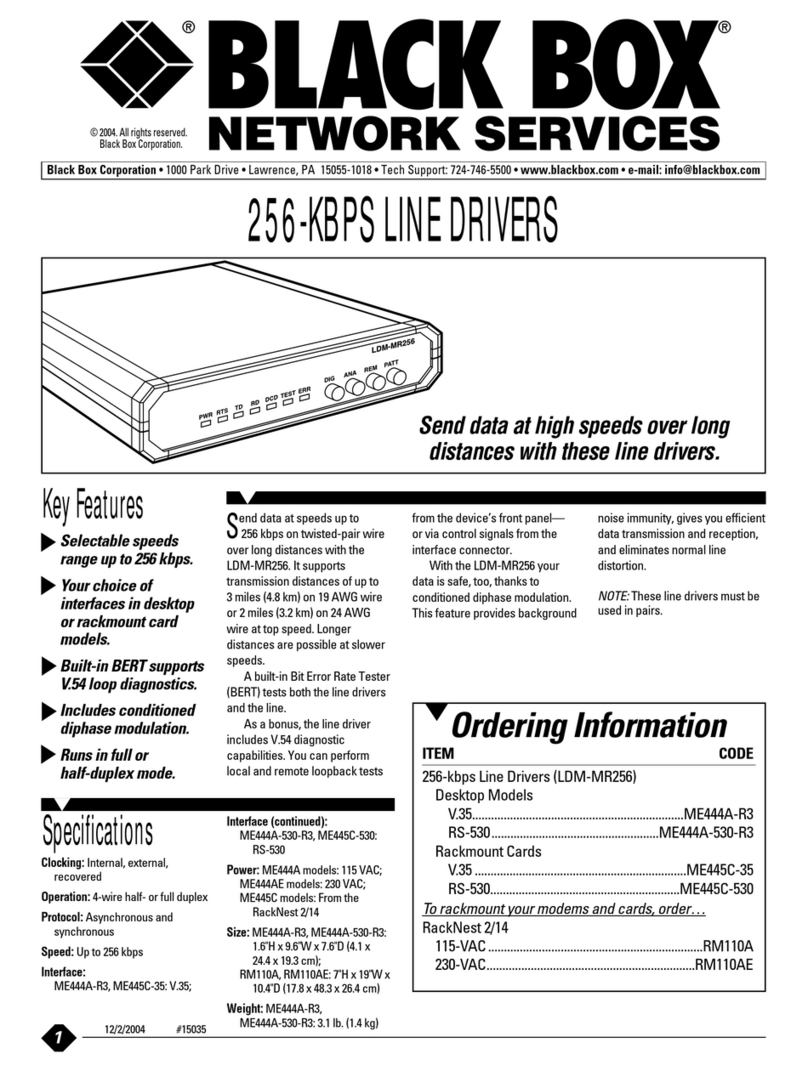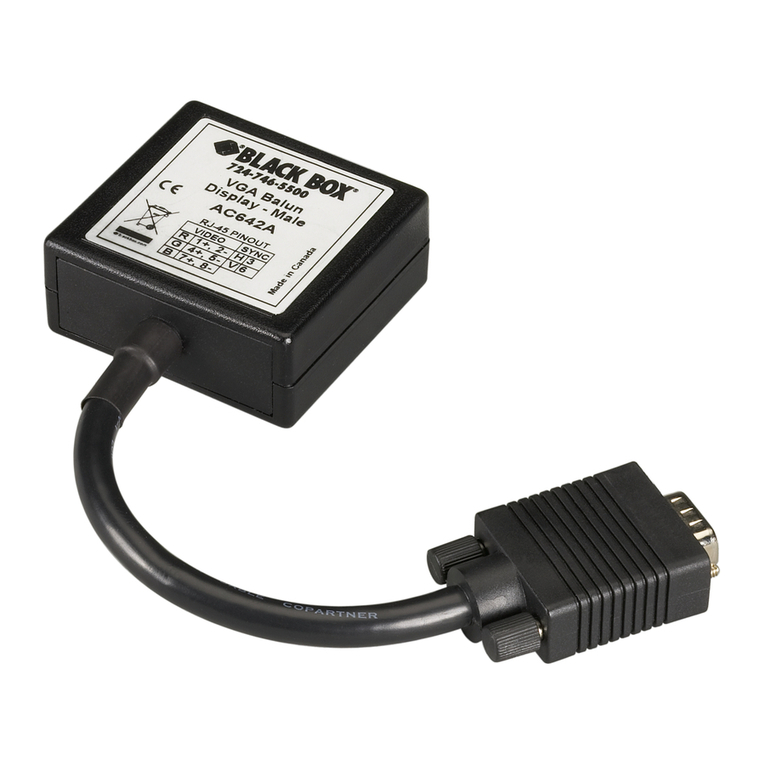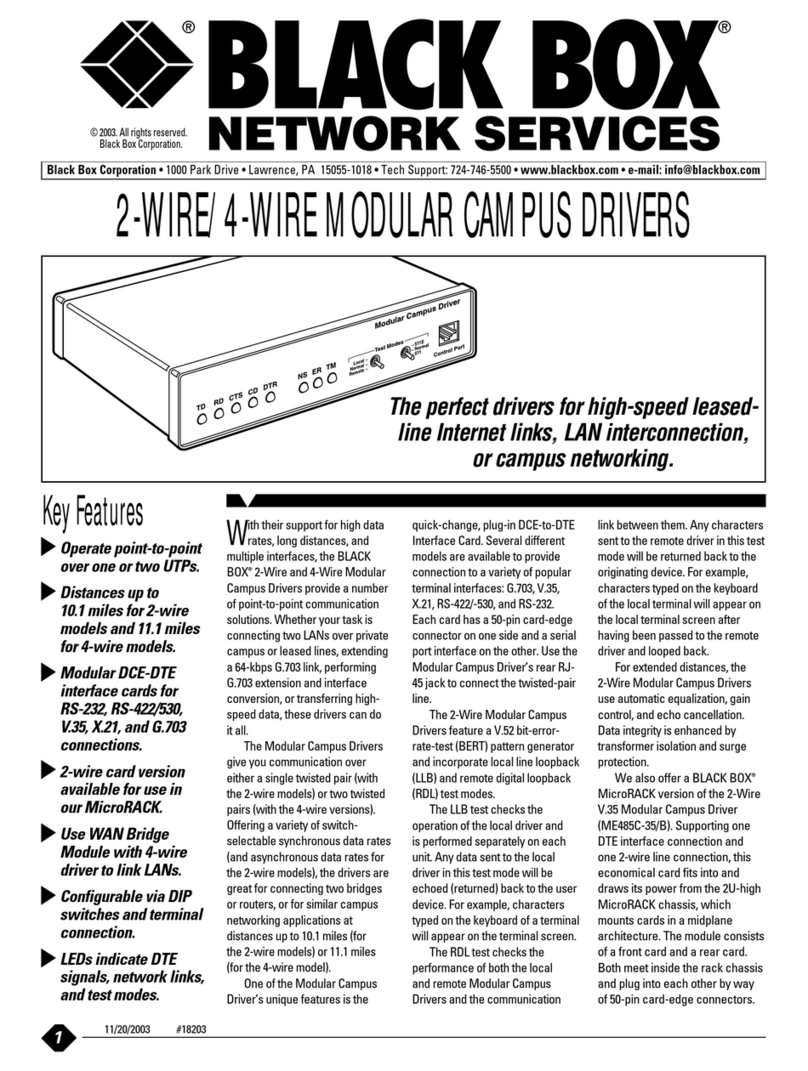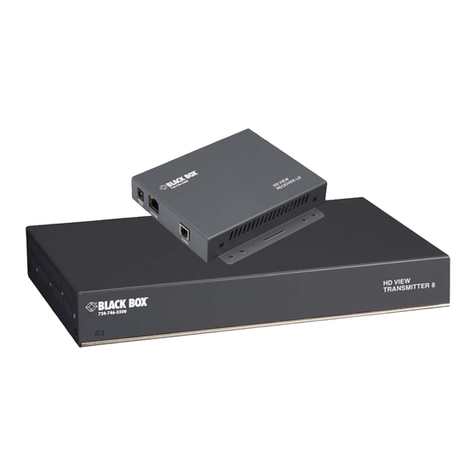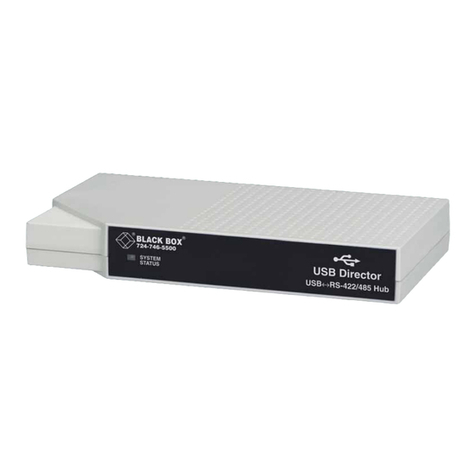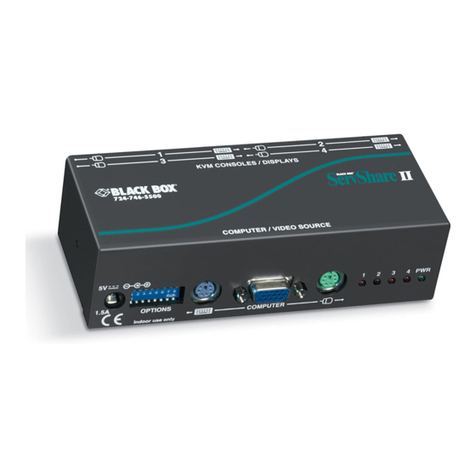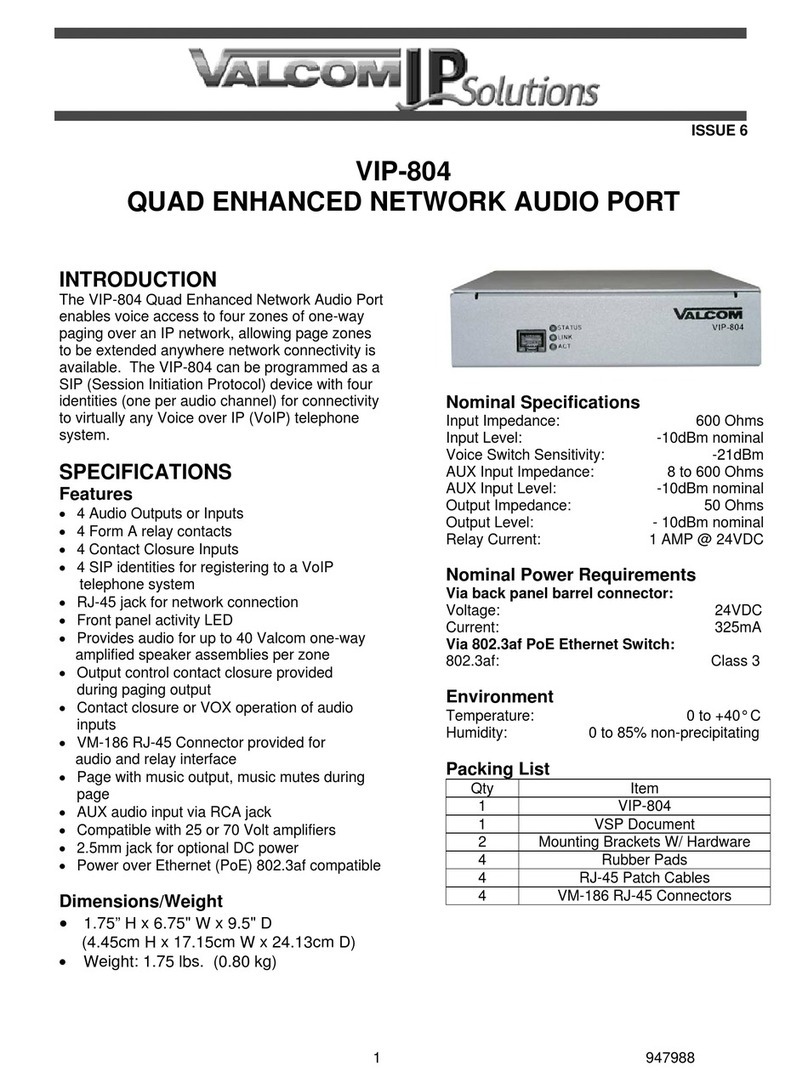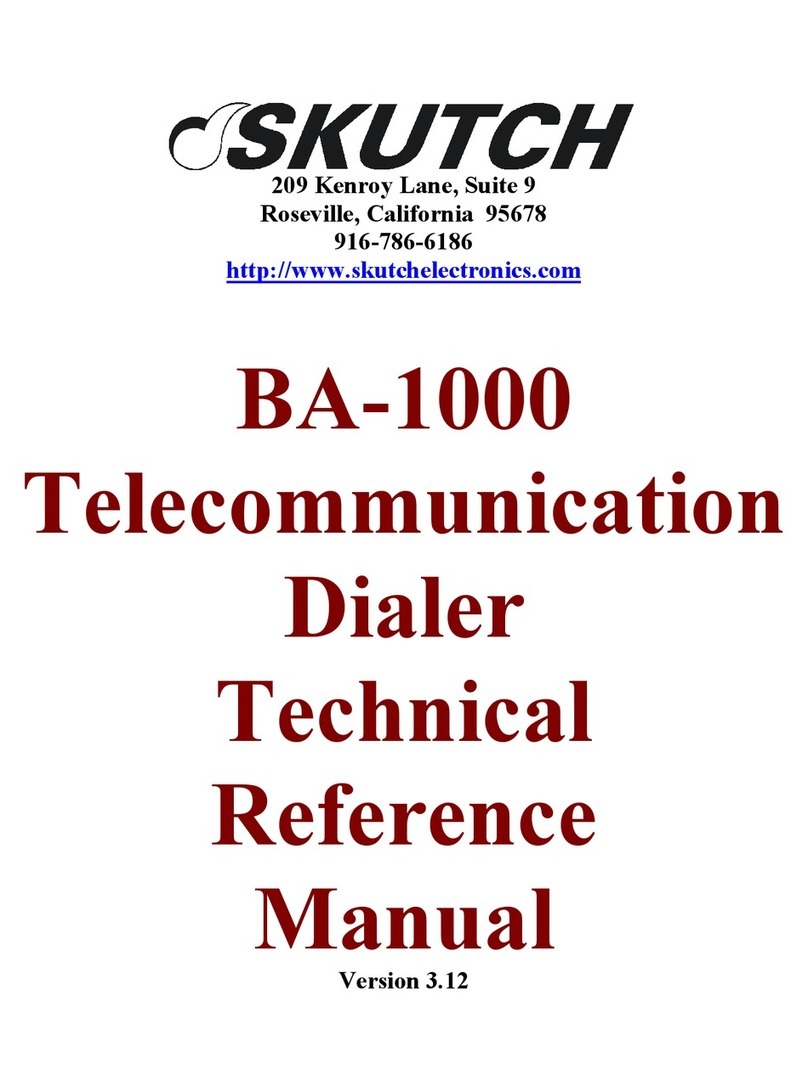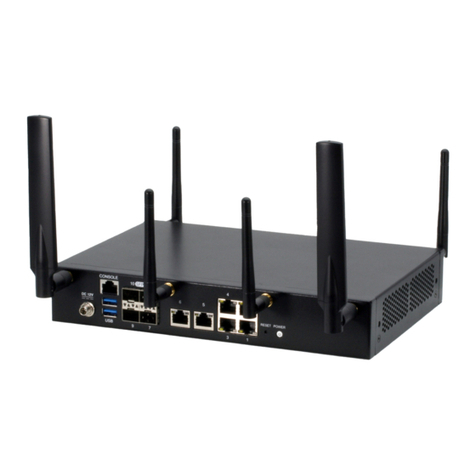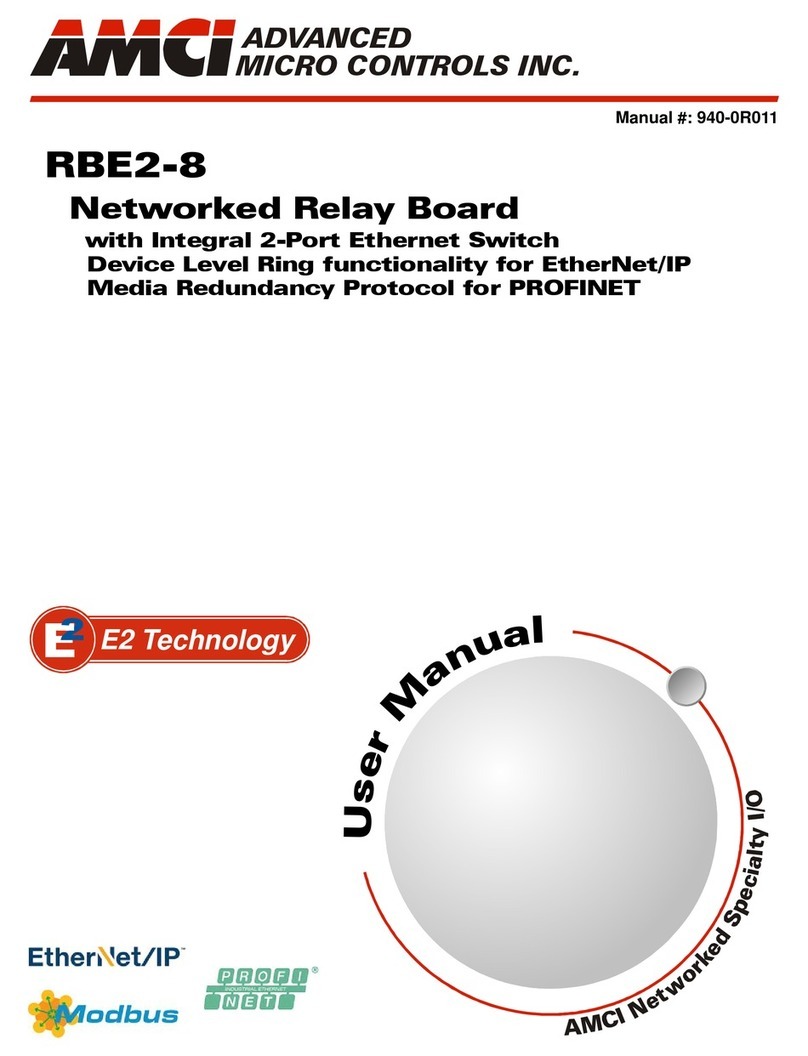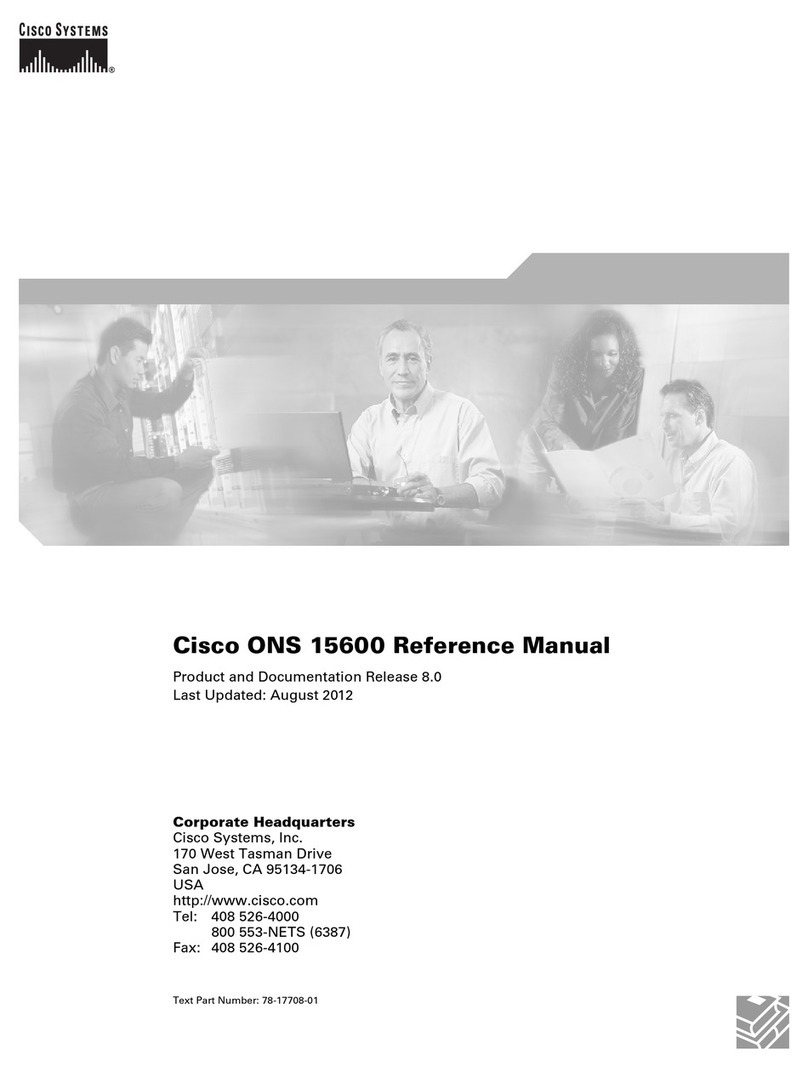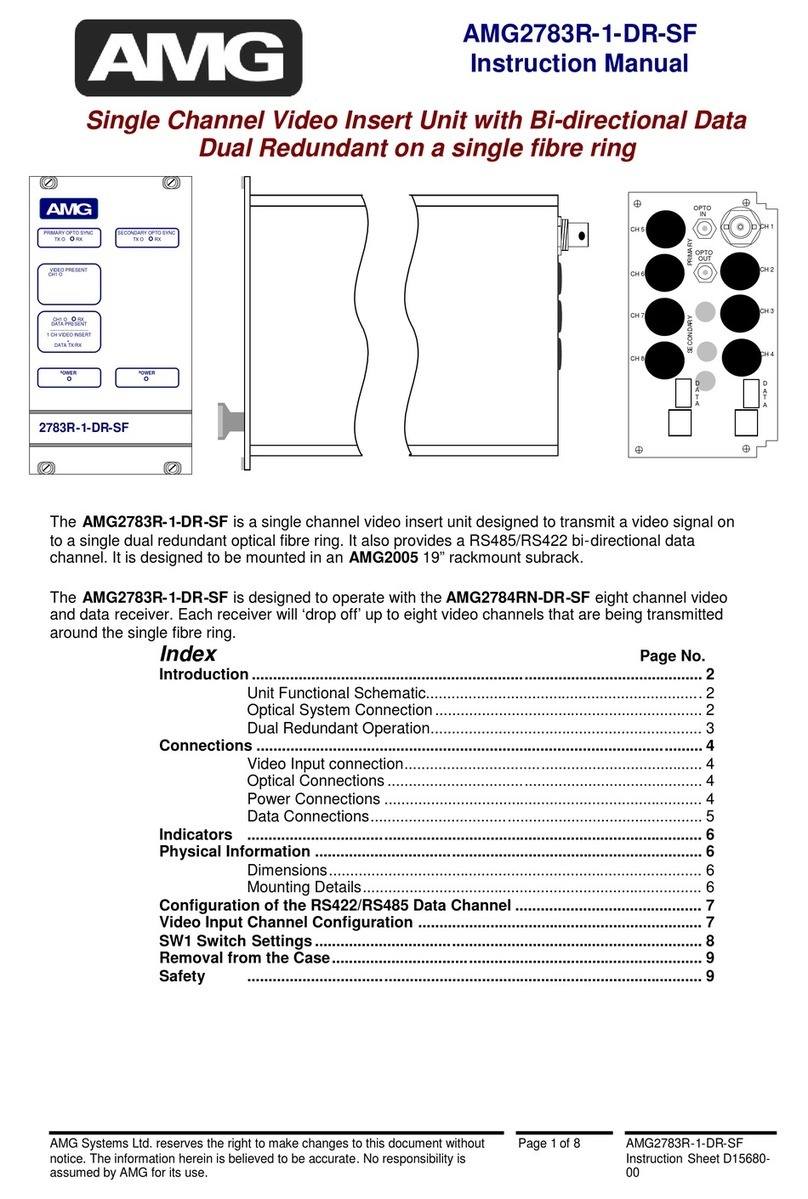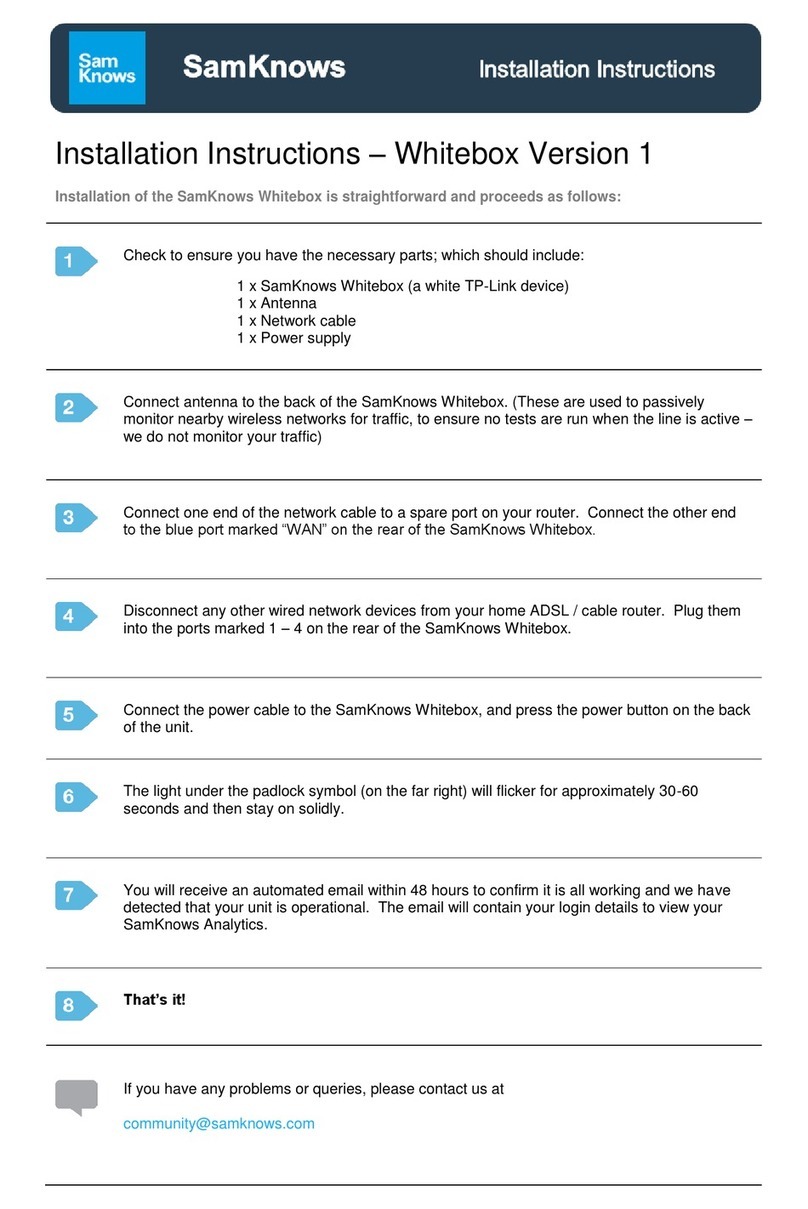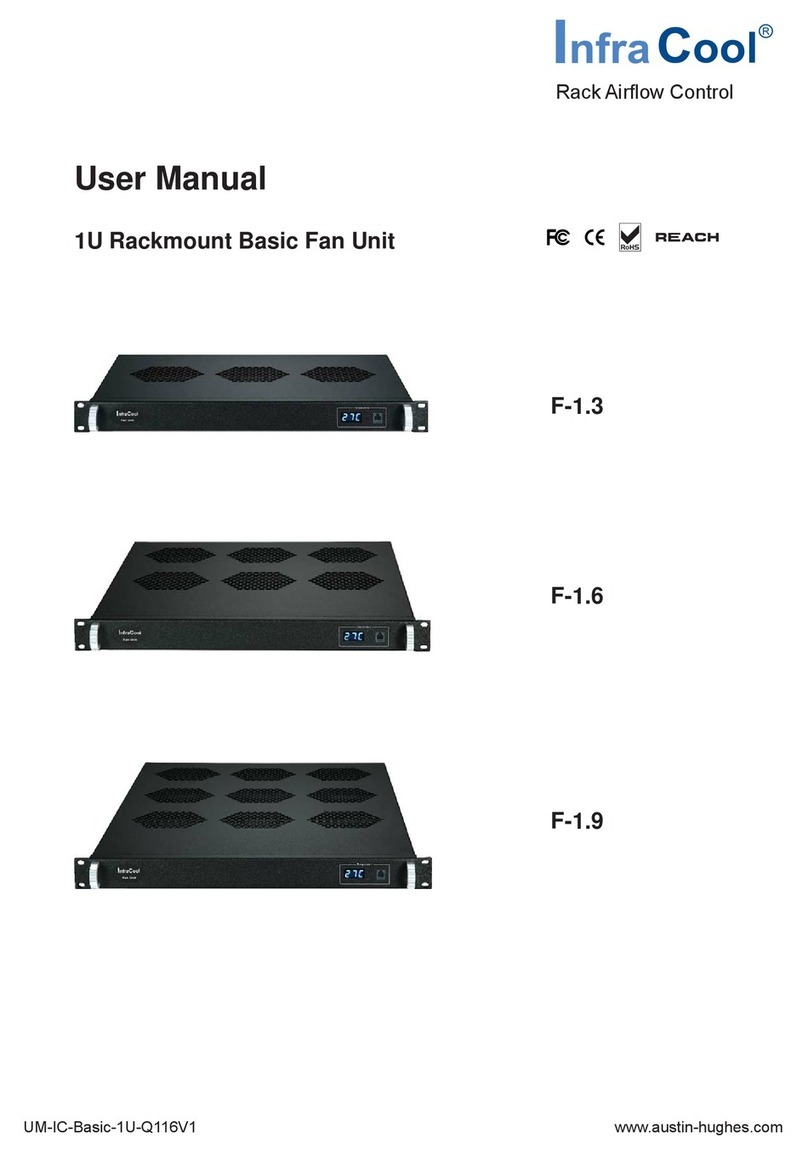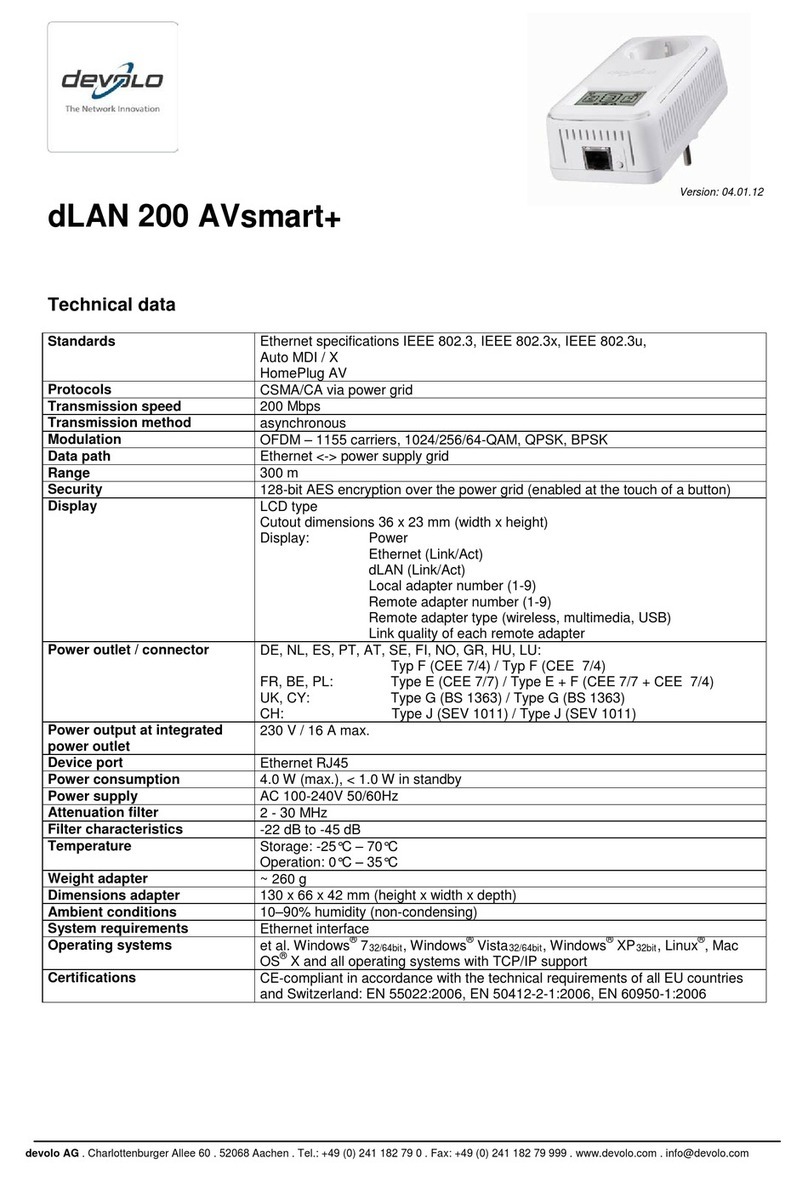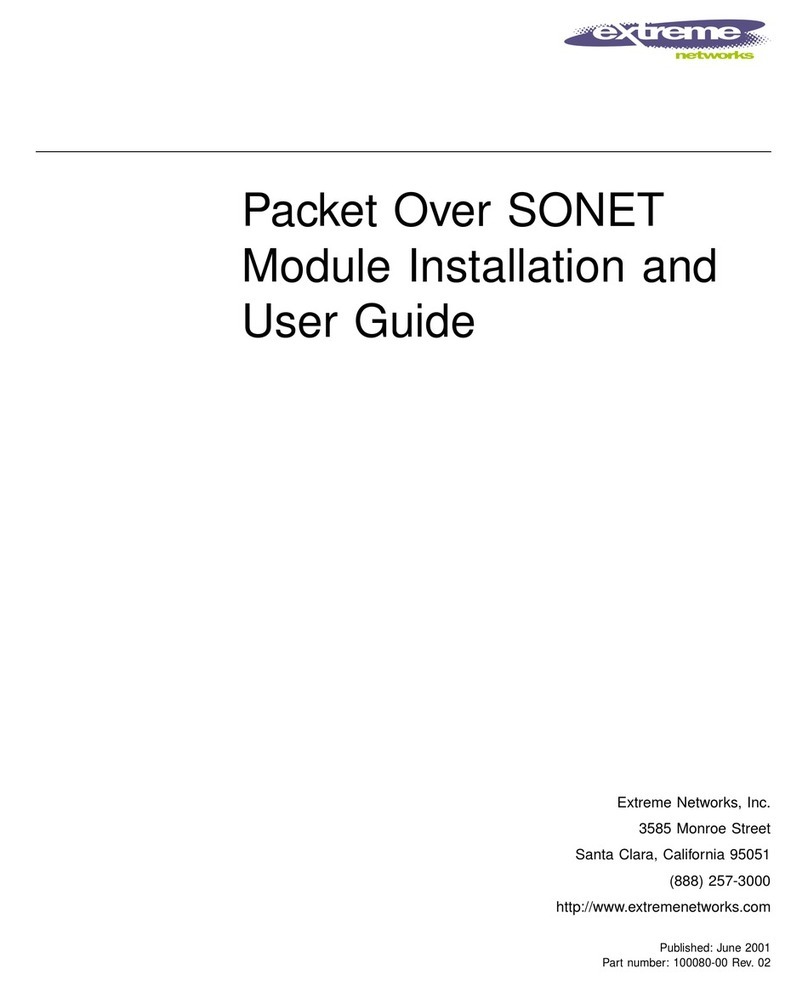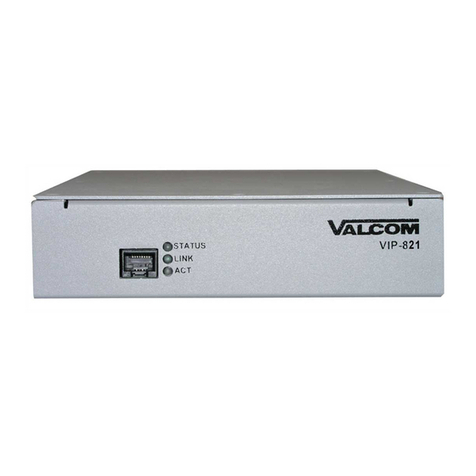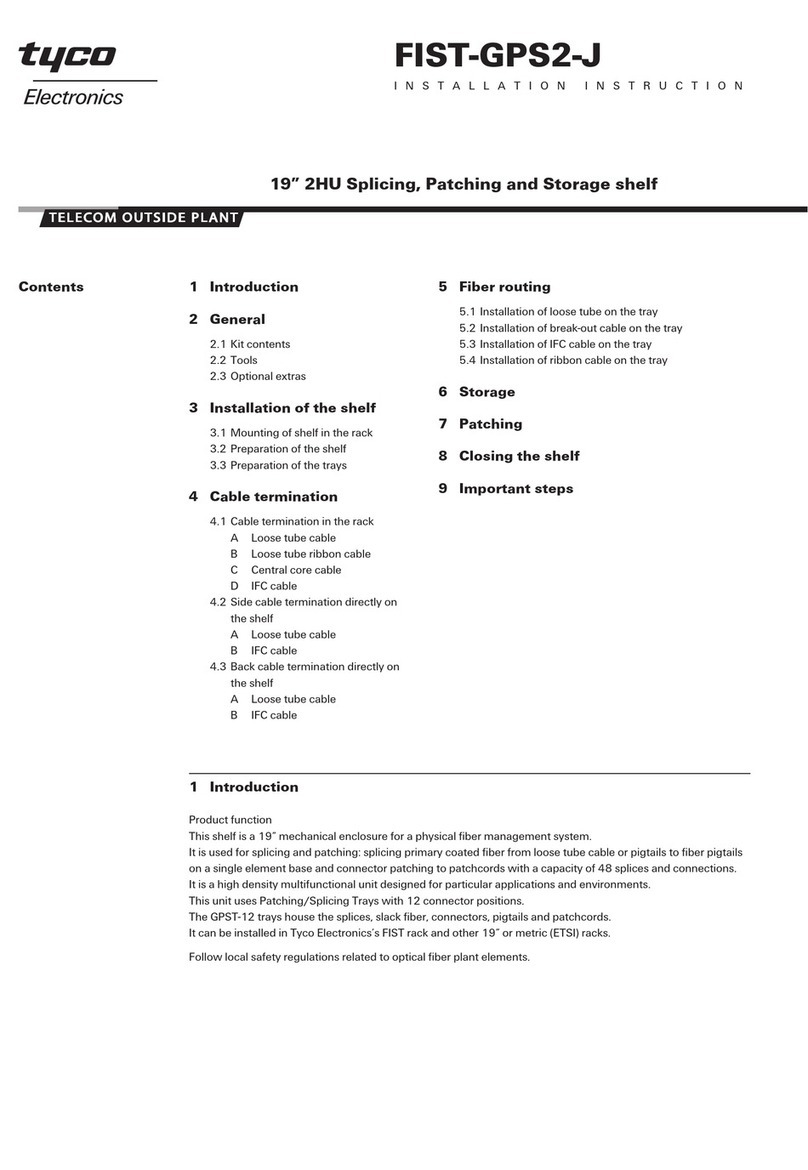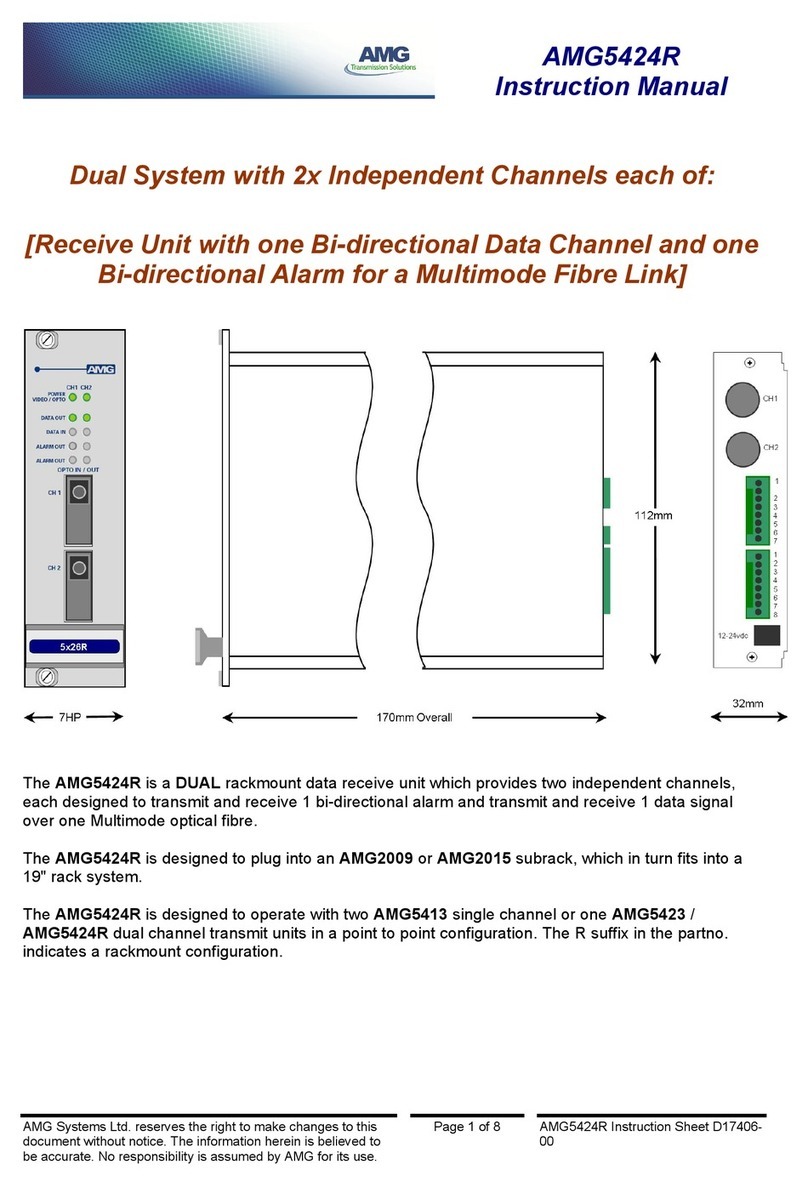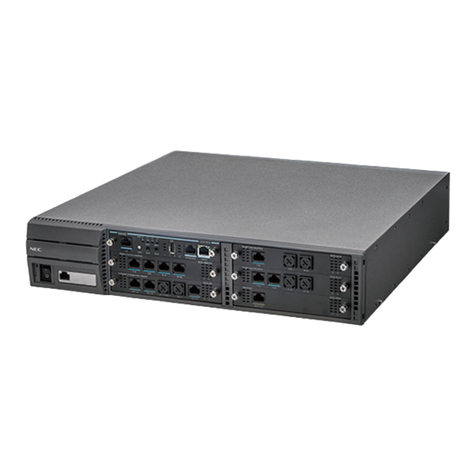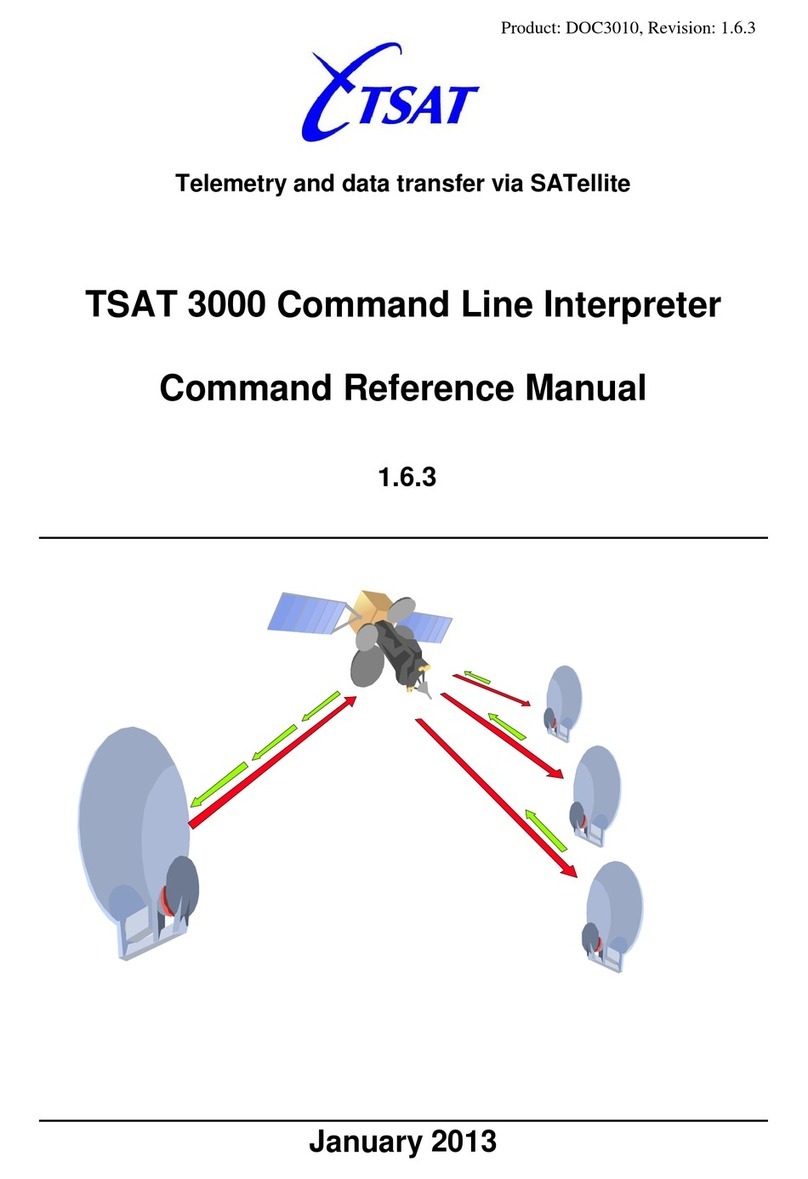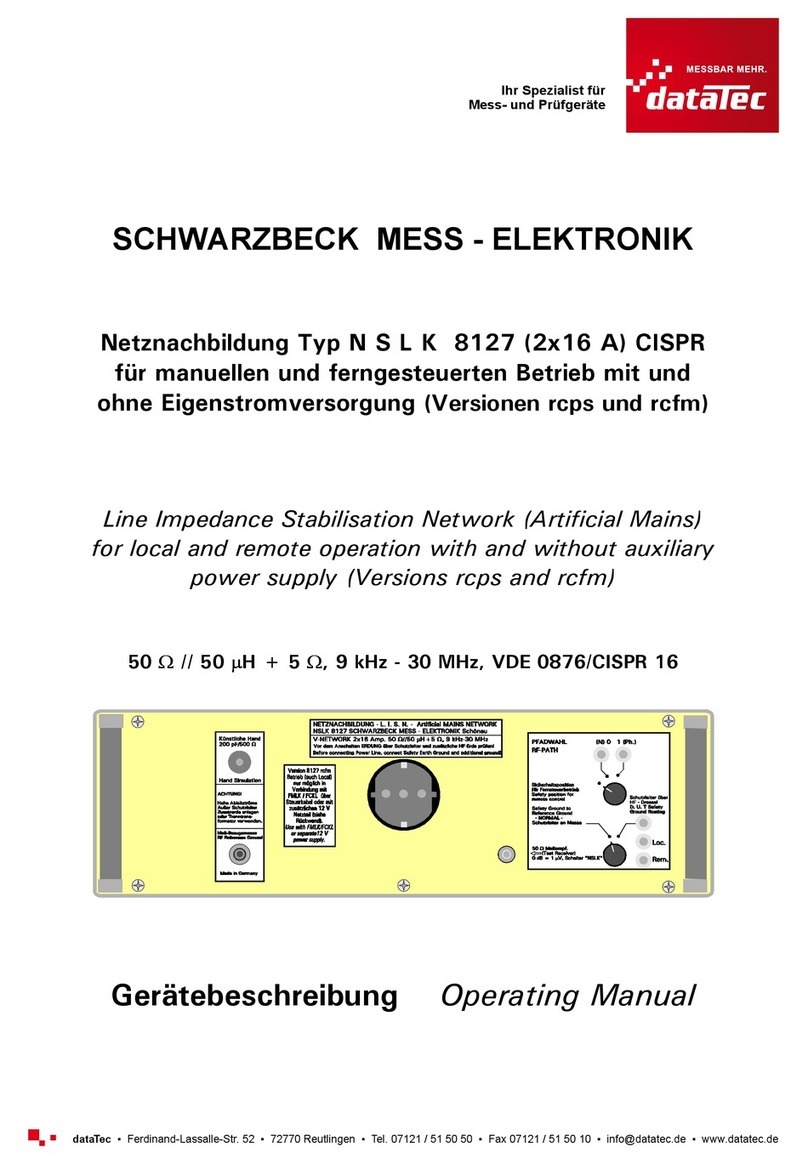2 of 3
FEATURES
• Supports DDS rates from 2.4 to 64 kbps.
• Three backup line module options.
• Control port provides SLIP and
async PPP access to VT100™terminal
emulation.
OVERVIEW
The cost of Digital Data Service (DDS) lines has been steadily
decreasing and is now comparable to the cost of leased analog
lines. But DDS has two distinct advantages over analog service:
Data moves at higher speeds, enabling transmission of larger
volumes; and data error rates are greatly reduced.
If you are making the decision to switch from analog to
DDS, or if you want to expand the capabilities you now have
with DDS, consider our CSU/DSU MS DBU. Typically, this CSU/DSU
replaces a modem in a network and supports speeds up to
64 kbps (sync) or 57.6 kbps (async).
While DDS lines rarely fail, the optional V.34 Modem Module
(MOV3298426) provides the CSU/DSU MS DBU with automatic
dial backup to quickly re-establish data links.
2/1/2007
#20943
• Digital Data Service (DDS) is a wide-bandwidth, private leased
line that transmits data in digital, rather than analog, format.
DDS lines are 4-wire circuits (transmit pair, receive pair) linked
by special repeaters and separated from conventional analog
lines. They can provide a higher data-transmission rate
and maintain a higher level of data integrity than analog
transmission service.
• DDS is a nationwide service of AT&T®that enables inter-
connection and transport of data for the regional Bell
operating companies. The telephone companies provide a
DDS-compatible service within their region and provide the
local loop service to DDS customers.
• Accunet®Switched 56 is a dialup DDS offered by AT&T that
allows you to pay for data transfer only when the unit is
active. Regional Bell operating companies provide the local
loop service to Switched 56 customers. SPRINT 56 is a Switched
56 service supplied by Sprint®.
• An Integrated Service Unit (ISU) replaces the modem in a
network. A combination of the Channel Service Unit (CSU)
and the Data Service Unit (DSU), it is usually called a CSU/DSU.
• The CSU/DSU MS DBU supports sync speeds of 2.4, 4.8, 9.6,
19.2, 38.4, 57.6, and 64 kbps. It supports async speeds of
2.4, 4.8, 9.6, 19.2, 38.4, and 57.6 kbps.
• Front-panel controls are used for configuration and testing.
The CSU/DSU MS DBU can generate and monitor either of
two industry-standard test patterns during selected tests,
and report the number of errors on a front-panel display.
The unit will also respond to standard DSU and CSU
loopback commands from the telephone company
central office or DDS/V.54 commands from a remote
CSU/DSU MS DBU.
• Seven LEDs show the status of the DTE interface leads.
For a complete listing, see the specifications on page 3.
• Three data DTE connectors on the rear panel provide a
primary channel V.35 or RS-232 port, and a secondary
channel RS-232 port. In Switched 56 operation, the
secondary channel is used for control.
• DDS or Switched 56 can be selected on power-up and
during self-testing.
NOTE: Use only a grounded, 115-VAC, 60-Hz receptacle.
Technically Speaking
You can use our CSU/DSU MS DBU to transmit large
volumes of data. It also supports a secondary async channel
that enables you to piggyback data up to 2400 bps (this
service must also be supported by your local telephone
company).
Making the move from analog to digital doesn’t mean
replacing all your DTE devices with “fast” equipment
designed for digital. The CSU/DSU MS DBU has a DTE rate-
matching feature that allows your slower DTEs to
communicate over higher-speed digital lines (56-kbps only).
The CSU/DSU MS DBU has a wide receiver range, from 0 to
-45 dBm at 56-kbps loop rate, so you can transmit data over
loops up to 18,000 feet (5486.4 m) long via 26 AWG wire.
